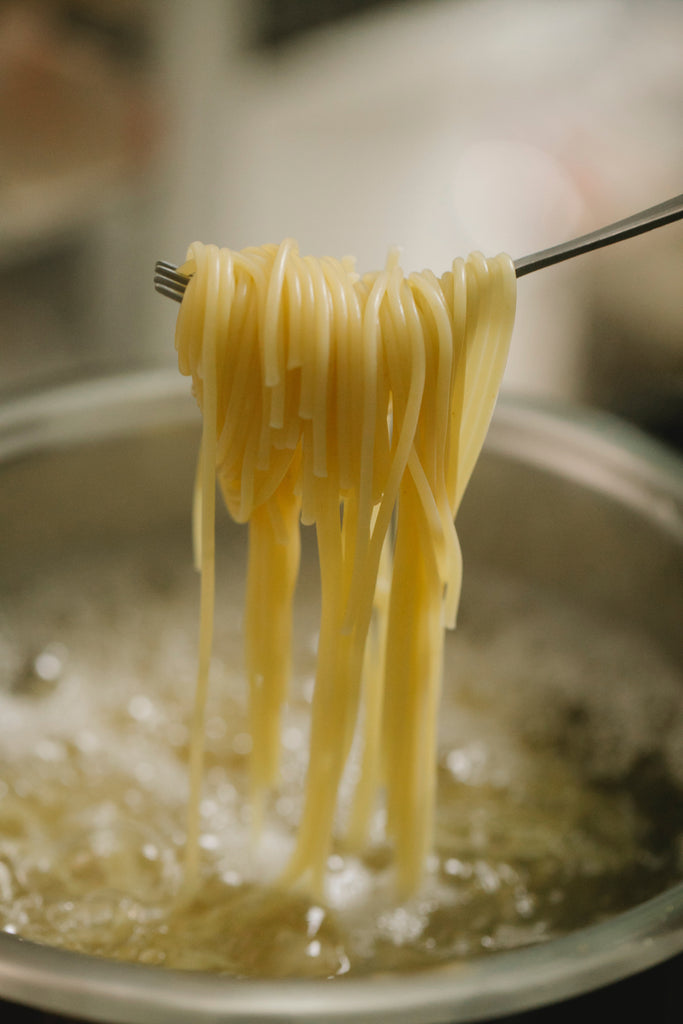Jaka jest różnica między duszeniem, gotowaniem na wolnym ogniu a wrzeniem?

Techniki gotowania są nieodłączną częścią każdego przepisu i mogą mieć znaczący wpływ na końcowy efekt. Trzy powszechnie stosowane techniki to gotowanie na parze, duszenie i gotowanie. Każda z nich ma swoje cechy i najlepiej sprawdza się w przypadku różnych rodzajów jedzenia.
Gotowanie na parze to delikatna metoda kulinarna polegająca na zanurzeniu jedzenia w cieczy, zwykle wodzie lub aromatycznym bulionie, podgrzewanej tuż poniżej punktu wrzenia. Ciecz powinna być utrzymywana w stałej temperaturze między 160-184°F/71-84°C. Ta metoda najlepiej nadaje się do delikatnych potraw, takich jak jajka, ryby i owoce. Gotowanie na parze jest doskonałym sposobem na przygotowanie ryb, ponieważ utrzymuje je wilgotne i zapobiega ich wysuszeniu i stwardnieniu.


Duszenie jest podobne do gotowania na parze, ale ciecz jest podgrzewana do wyższej temperatury, zwykle między 185-205°F/ 85-96°C. Ta metoda najlepiej nadaje się do gotowania mięs, gulaszy i zup. Długi, powolny proces gotowania pozwala na rozwinięcie i połączenie smaków składników, co skutkuje bogatym i aromatycznym produktem końcowym.

Gotowanie to proces przygotowywania jedzenia w cieczy podgrzewanej do temperatury 212°F (100°C), czyli punktu wrzenia wody. Ta metoda najlepiej nadaje się do gotowania makaronu, warzyw i jaj na twardo. Gotowanie jest również dobrym sposobem na szybkie przygotowanie mięs i owoców morza, ale może spowodować, że jedzenie stanie się twarde, jeśli będzie gotowane zbyt długo.

Podsumowując, gotowanie na parze, duszenie i gotowanie to ważne techniki kulinarne, które najlepiej sprawdzają się w przypadku różnych rodzajów jedzenia. Gotowanie na parze jest najlepsze dla delikatnych potraw, duszenie dla mięs i gulaszy, a gotowanie dla makaronu i warzyw. Zrozumienie różnicy między tymi technikami i wiedza, kiedy ich używać, pomoże Ci za każdym razem stworzyć pyszne i idealnie ugotowane posiłki.
















Zostaw komentarz